9 Epic Sales that Changed the World’s View of Natural Diamonds
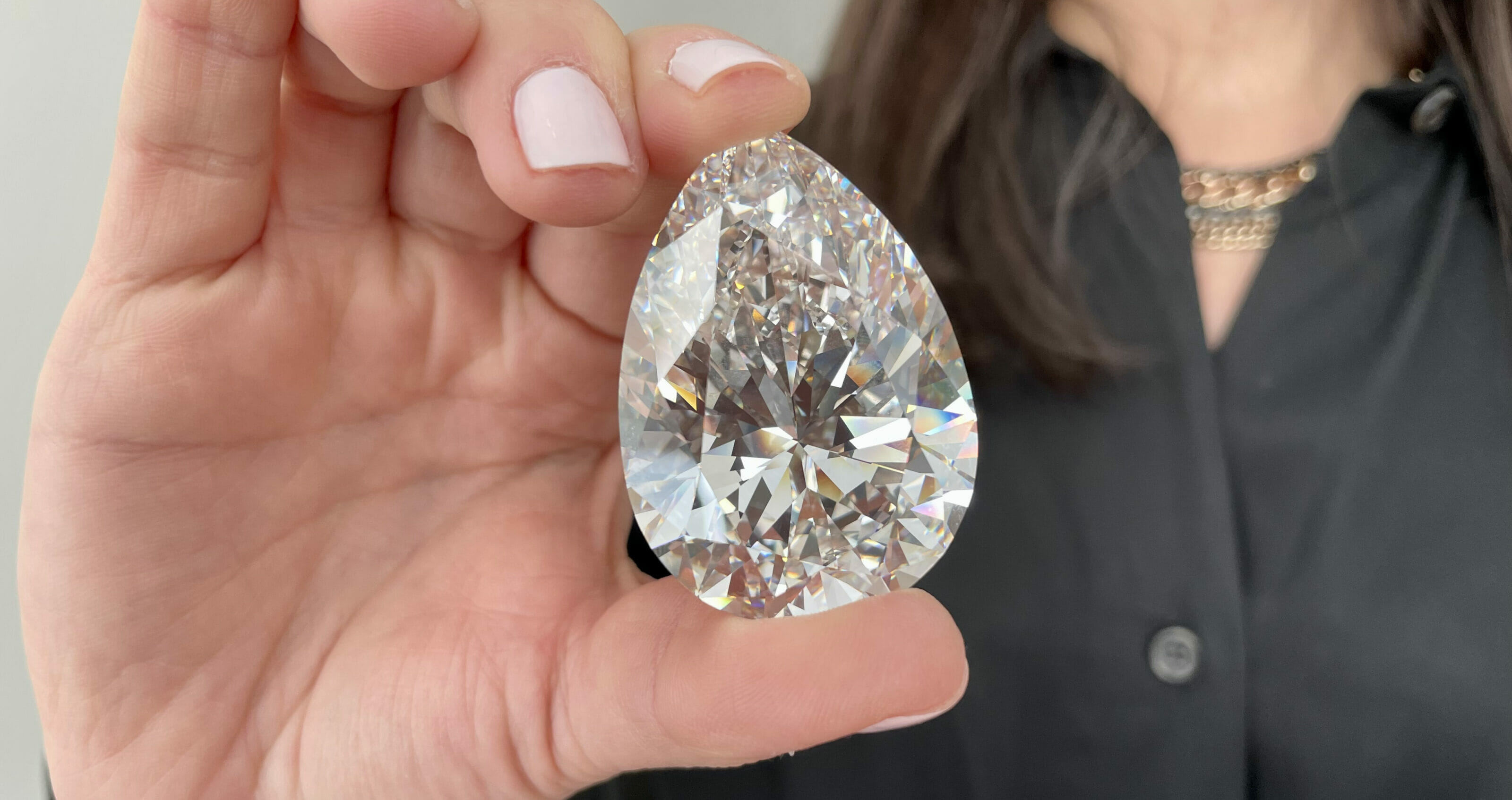
When the Pink Star diamond sold for an astonishing $71.2 million in 2017, it shattered every price record for a jewel sold at auction. Soaring past the value of many famous paintings and rare collectibles, the pink diamond grabbed the attention of investors who realized that top-quality diamonds were a rock-solid asset.
The Pink Star was one of several auctions that marked a turning point in diamond sales and how people perceived these precious jewels.
Here’s a look at 9 epic auction moments that underscored the rarity of natural diamonds as an investment, cultural symbolism and love story.
Hancock Red
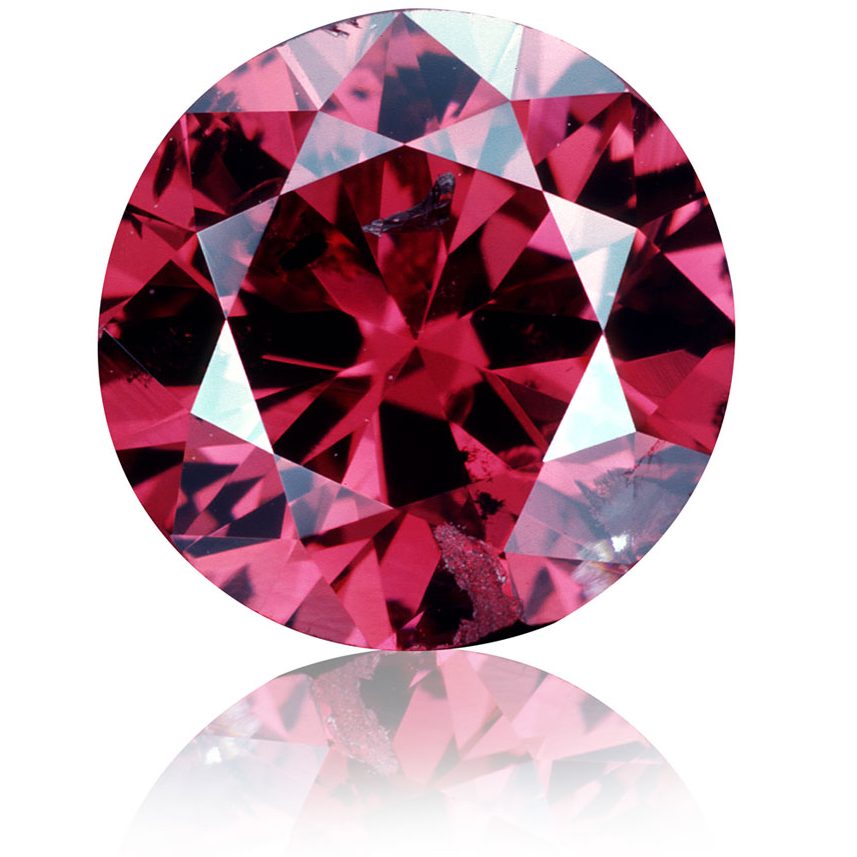
When Christie’s sold the Hancock Red, a small 0.95 carat purplish-red diamond for $880,000 in New York in 1987, it was the first time most people ever heard of a red diamond. They are such a rare occurrence that even most diamond dealers never handled a red diamond.
Since the Hancock Red sale, the price of natural red diamonds has skyrocketed: The 2.09 carat heart shaped Moussaieff red diamond (named for its then owner) sold for $5.1 million ($2.44 million per carat) at Christie’s in November 2014. That’s a proven solid investment.
Less than 30 true red diamonds are known to exist in the world, and most are less than half a carat in size. Scientists believe the diamond’s red color is the result of a disturbance in the atomic structure of the diamond’s lattice composition that happens from intense pressure when the stone is being formed deep within the earth.
The Pink Star
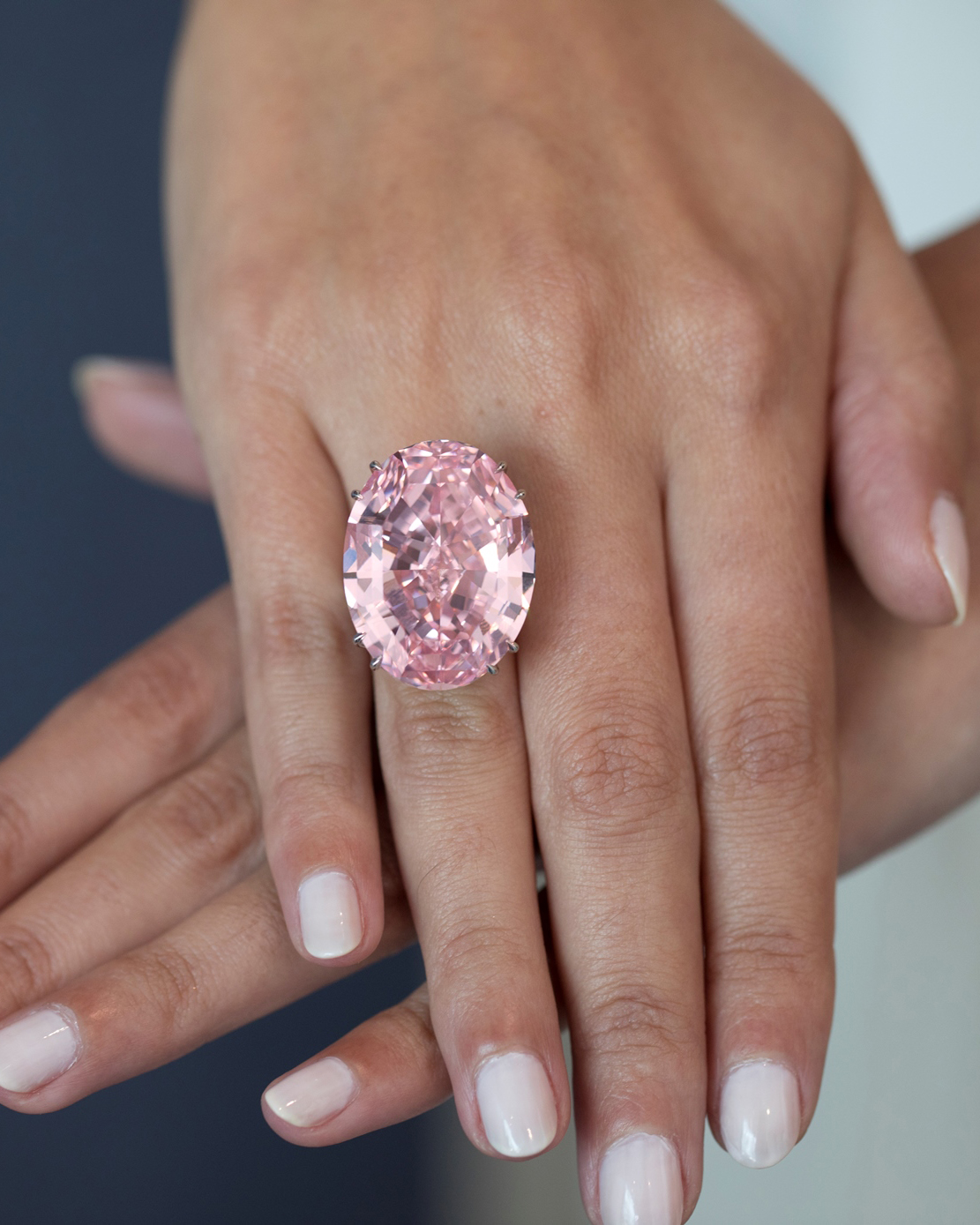
A once-in-a-lifetime diamond, the Pink Star–a 59.60-carat vivid pink diamond–sold for $71.2 million at Sotheby’s Hong Kong in April 2017. It remains the largest, best-quality pink diamond known to exist, and industry experts say there will never be another one like it.
The pink diamond’s sale price made international investors take notice of rare diamonds as an asset class. With all the turmoil in the world, it’s a discreet way to store or move cash. You can’t say that about a superyacht or a Picasso painting.
The diamond was sold to Hong Kong jeweler Chow Tai Fook, who named it the CTF Pink after the company’s initials and founder.
The Liz Taylor Auction
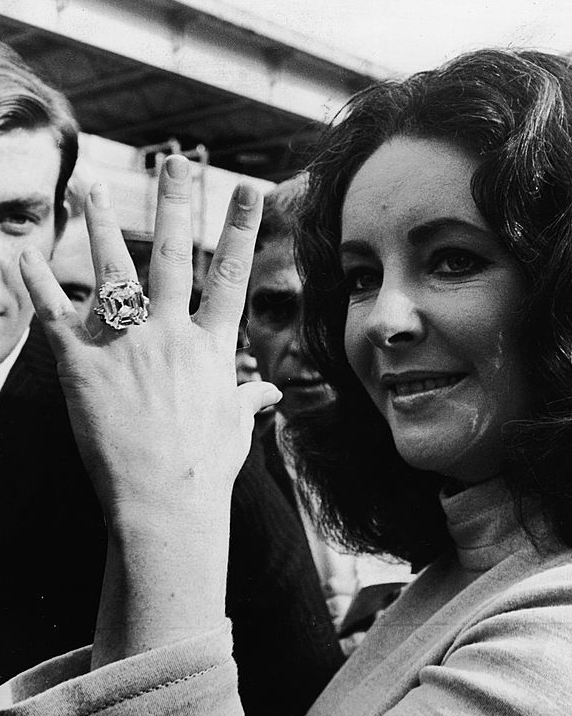
Elizabeth Taylor’s passion for jewelry was no secret. Over her lifetime, she collected some of the world’s famous jewels, magnificent, signed designs and pieces that marked her great romances (she had seven husbands!). Following Taylor’s death in 2001, Christie’s held an auction of her jewelry in December of that year.
The record-breaking sale fetched $116 million, more than double the previous record for a single owner jewelry collection. The sale demonstrated that there’s no limit to what people will pay for a diamond with a great provenance (and it need not be a royal). Among the 80 jewels was Taylor’s 33.19-carat diamond ring, which her husband Richard Burton had bought for $300,000 in 1968. It sold for $8.8 million, or about three times the estimate, and set a new price per-carat record for a colorless diamond.
At the time of the sale, Marc Porter, then Christie’s Americas president and chairman, said the auction was “one of the most extraordinary sales Christie’s has ever had.” He called it “a testament to the love of Elizabeth Taylor worldwide.”
The Flawless Star
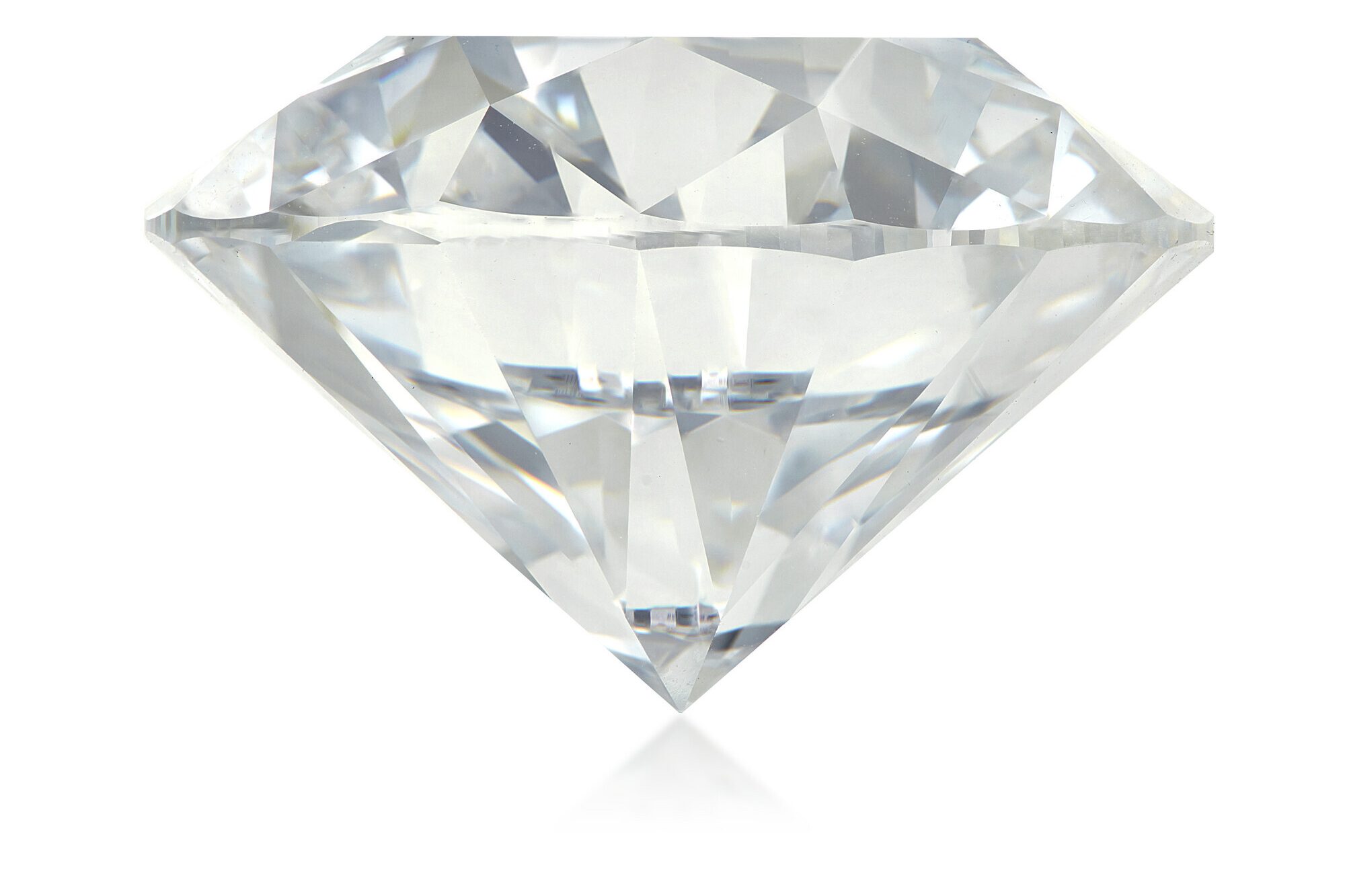
The Covid lockdown didn’t dampen people’s desire for diamonds. In fact, statistics show natural diamond jewelry sales increased during this period. But since buyers couldn’t visit stores, they turned to online auctions to get their fix. In today’s post-Covid era, buyers don’t hesitate to spend millions on diamond jewelry sight unseen.
The best example is the Flawless Star, a 45.46-carat round brilliant-cut d-flawless diamond, which on April 7, 2022, sold for a record-breaking $4.6 million. It was the most expensive jewel sold in an online-only sale.
Duchess of Windsor Sale
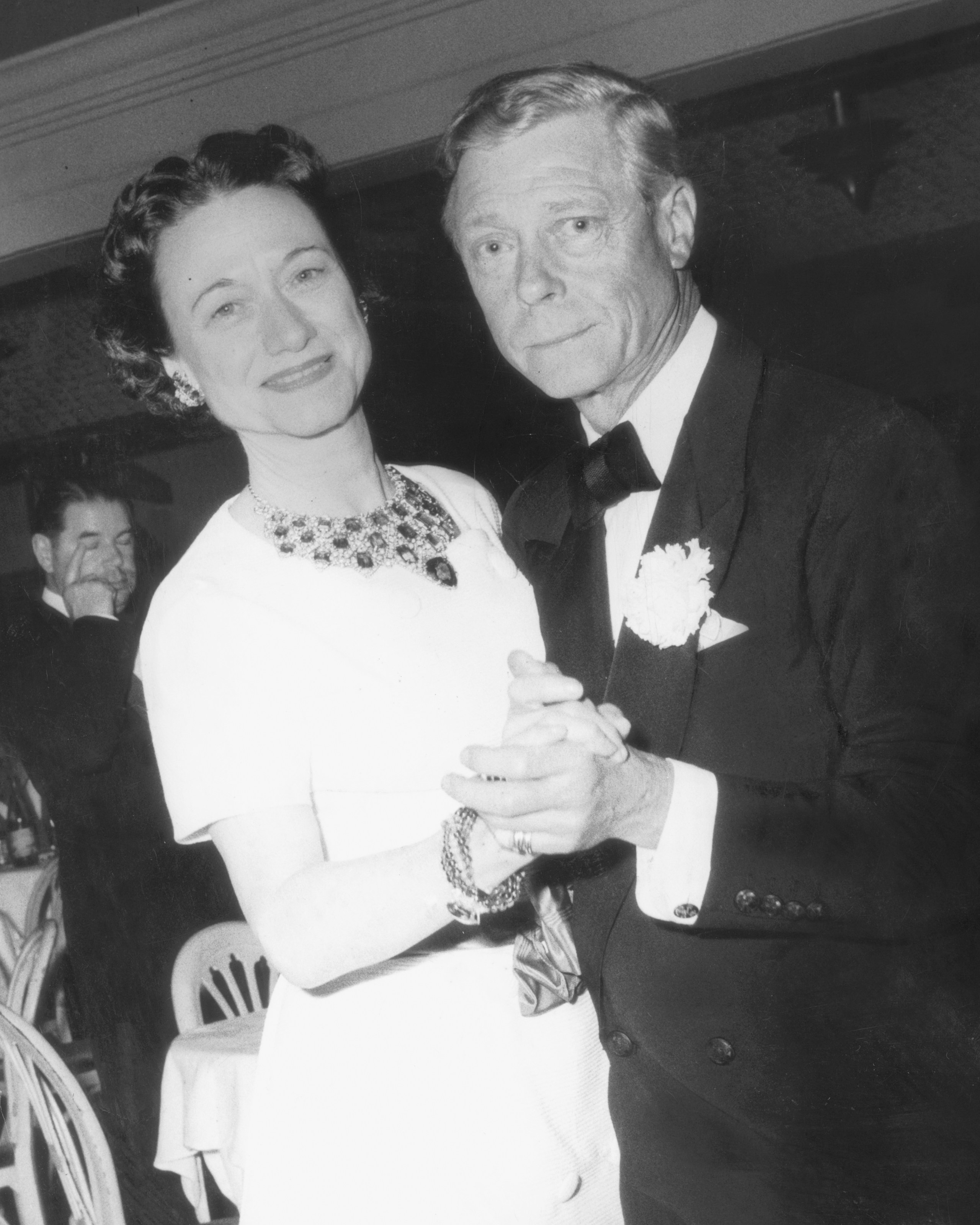
The Duke of Windsor, who famously forfeited the British throne for his beloved Wallis Simpson, expressed his passion for her with expensive jewels. As the woman at the center of the century’s most scandalous love affair, when the Duchess of Windsor’s jewels hit the auction block following her death, the interest was like nothing seen before.
The 1987 Sotheby’s sale in Geneva fetched over $50 million, a record for a single-owner jewelry collection. Buyers included other famous jewelry collectors like Elizabeth Taylor and Joan Collins. Among the 200 pieces offered, several had concealed messages, like the emerald and diamond engagement ring inscribed with the words “We Are Ours Now.” It sold for $1.98 million.
One of sweetest jewels was the Cartier diamond heart brooch that the duke commissioned as gift for his wife on their 20th wedding anniversary in 1957. It featured their initials W and E set with emeralds and the number 20 in rubies, and a ruby-studded coronet on top. It sold for more than $200,000.
The Oppenheimer Blue
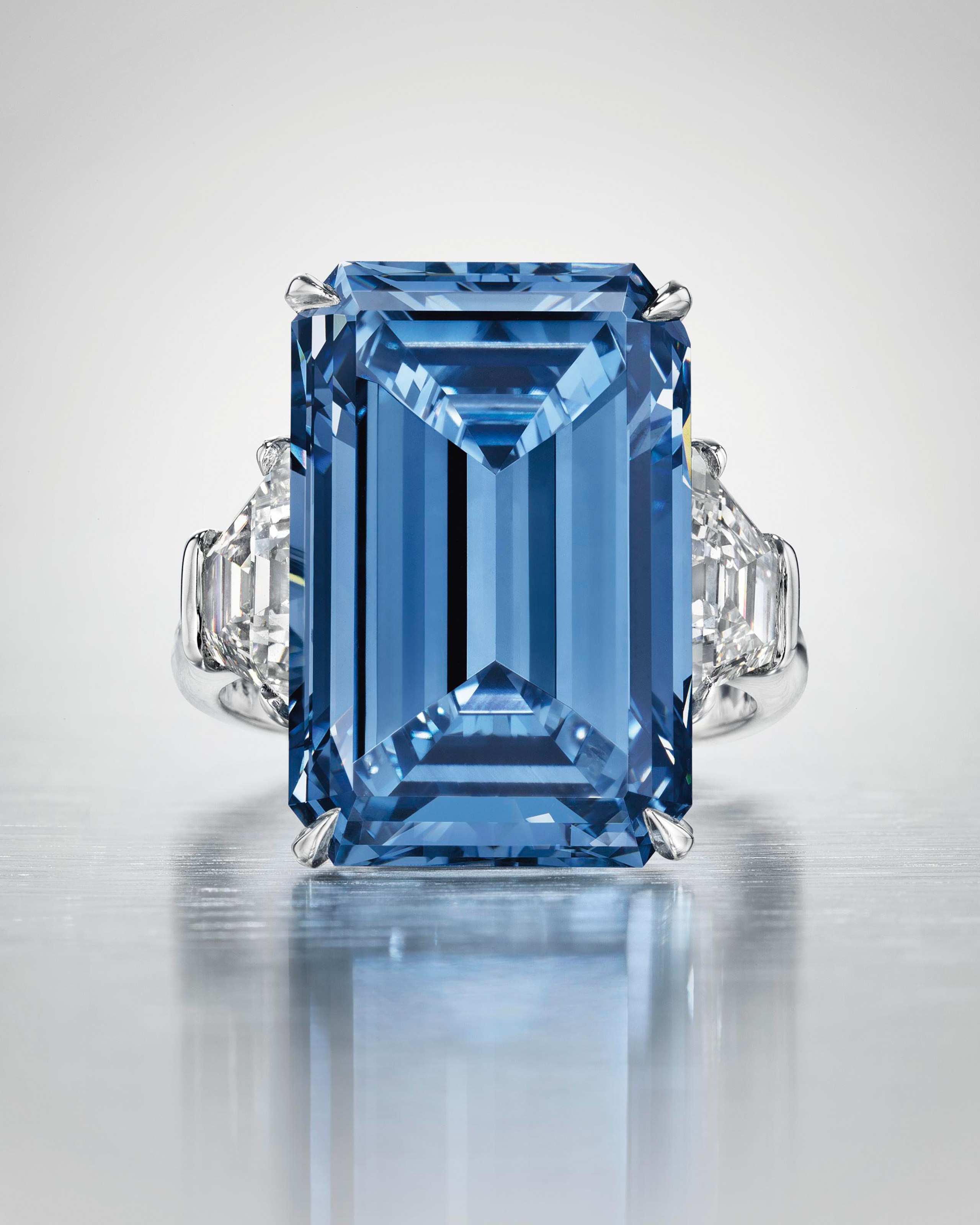
Before the Pink Star, there was the Oppenheimer Blue, a 14.62-carat rectangular cut vivid blue diamond, which sold for $57.5 million in 2016. At the time, it set a new world record for any jewel sold at auction. As the largest vivid blue diamond to ever hit the auction block, that sale underscored the rarity of blue diamonds.
The diamond was named for its previous owner, Sir Phillip Oppenheimer of the De Beers diamond dynasty.
Since the sale, the interest in blue diamonds has soared among investors who see fancy-colored diamonds as a good investment. “Blue diamonds have gained a wider following, not only because they are stunning, but because there are so few of them available in the world,” said François Curiel, chairman of Christie’s Europe at the time of the sale. “The Oppenheimer Blue can only be described as one of the rarest gems in the world.”
The Empress Eugenie Diamond Bow Brooch
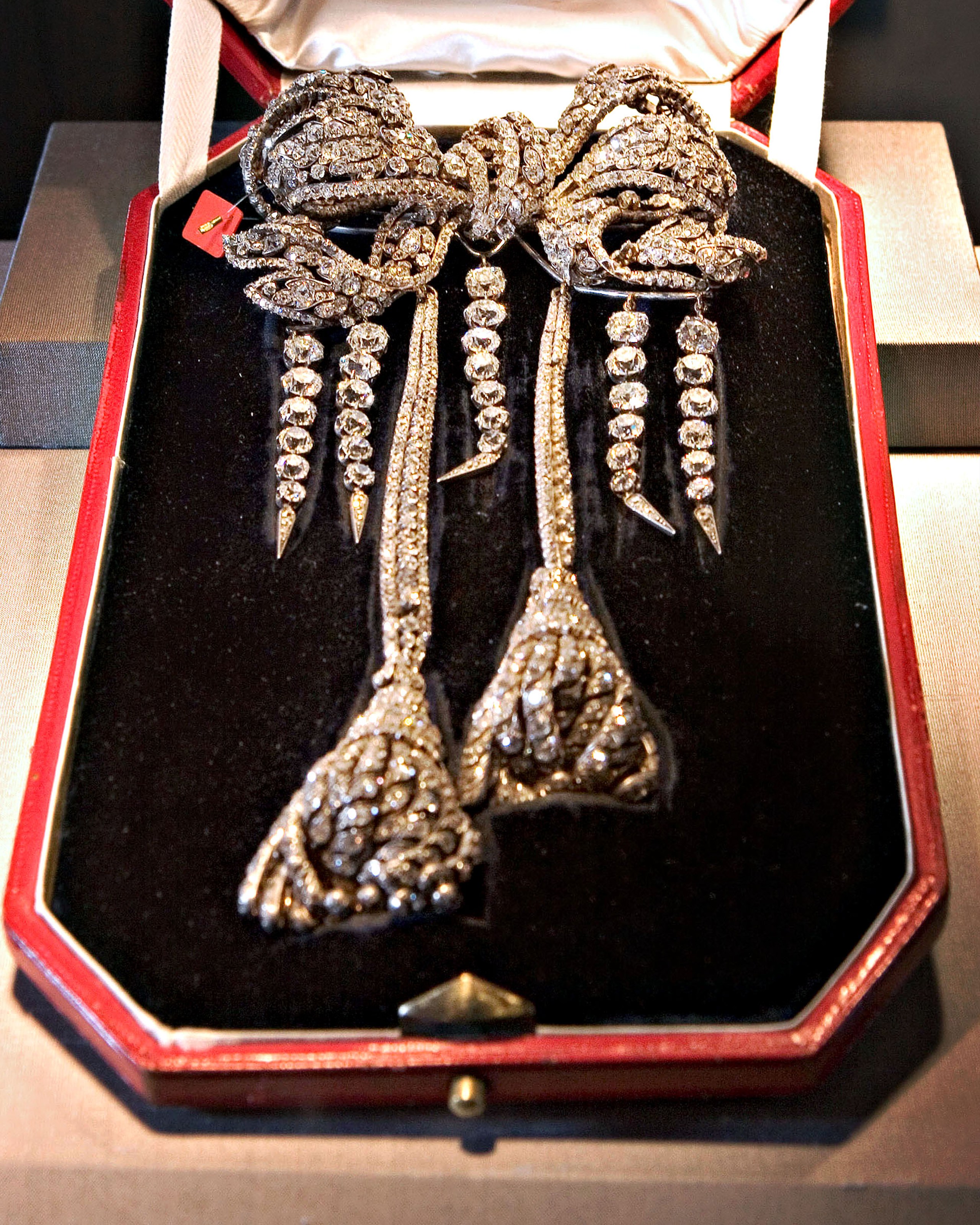
Like art and architecture, jewelry reflects culture, history and symbolism. That’s why when Empress Eugénie’s exquisite diamond bow brooch came up for sale at Christie’s in 2008, the Louvre rallied its supporters to raise the funds ($10.5 million) to purchase the jewel and deliver it to the Louvre’s permanent collection.
Why this brooch? It was part of the French crown jewels that the Third Republic ordered be sold off in 1887. Emperor Napoleon III had commissioned French jeweler François Kramer to create the brooch for his wife, Empress Eugenie, in 1855. When the couple was forced into exile in 1881, the brooch was left behind and was later purchased by Caroline Astor of New York for $135,000. The Astor’s kept the royal treasure for 121 years before offering it at auction.
The Louvre and Friends of Louvre decided that it was time some of the French crown jewels came home.
The Harry Winston Pink
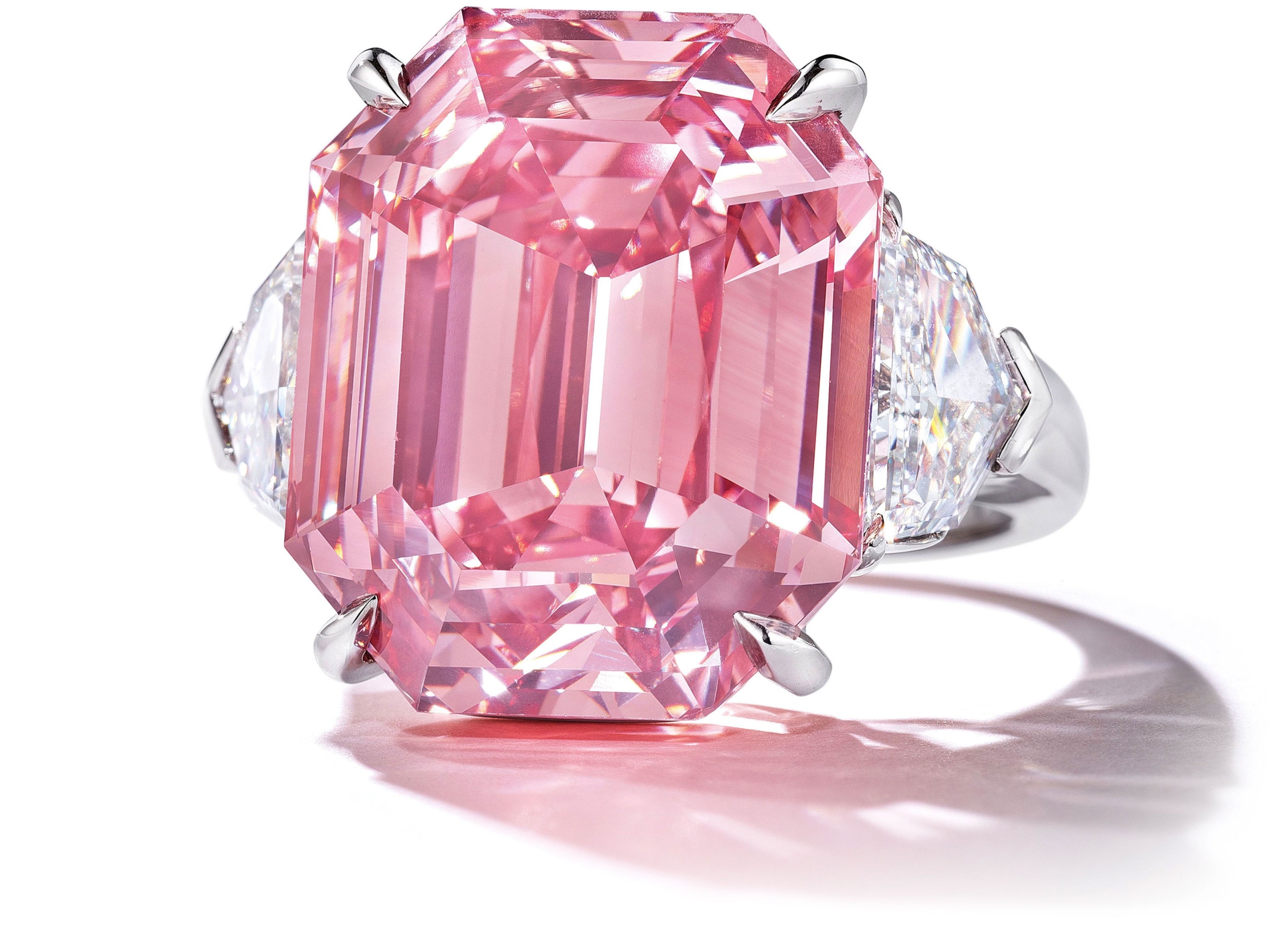
After Nyla Hayek, chairwoman of Swatch Group, purchased the Harry Winston company for $1 billion in 2013, she made another bold move. She paid $50.7 million for an 18.96-carat pink diamond at Christie’s in Geneva in 2018.
That was one of several high-profile diamond acquisitions made by Hayek. If you want to make a statement, a public auction is the perfect platform. After purchasing what was known as the Pink Legacy, which was owned by the Oppenheimer family, she promptly renamed the diamond the Harry Winston Pink.
That public sale made it clear that Hayek was serious about maintaining the Harry Winston house as one of the world’s premiere sources of rare diamonds. It set a new price per carat record for a fancy-colored diamond.
The Rock
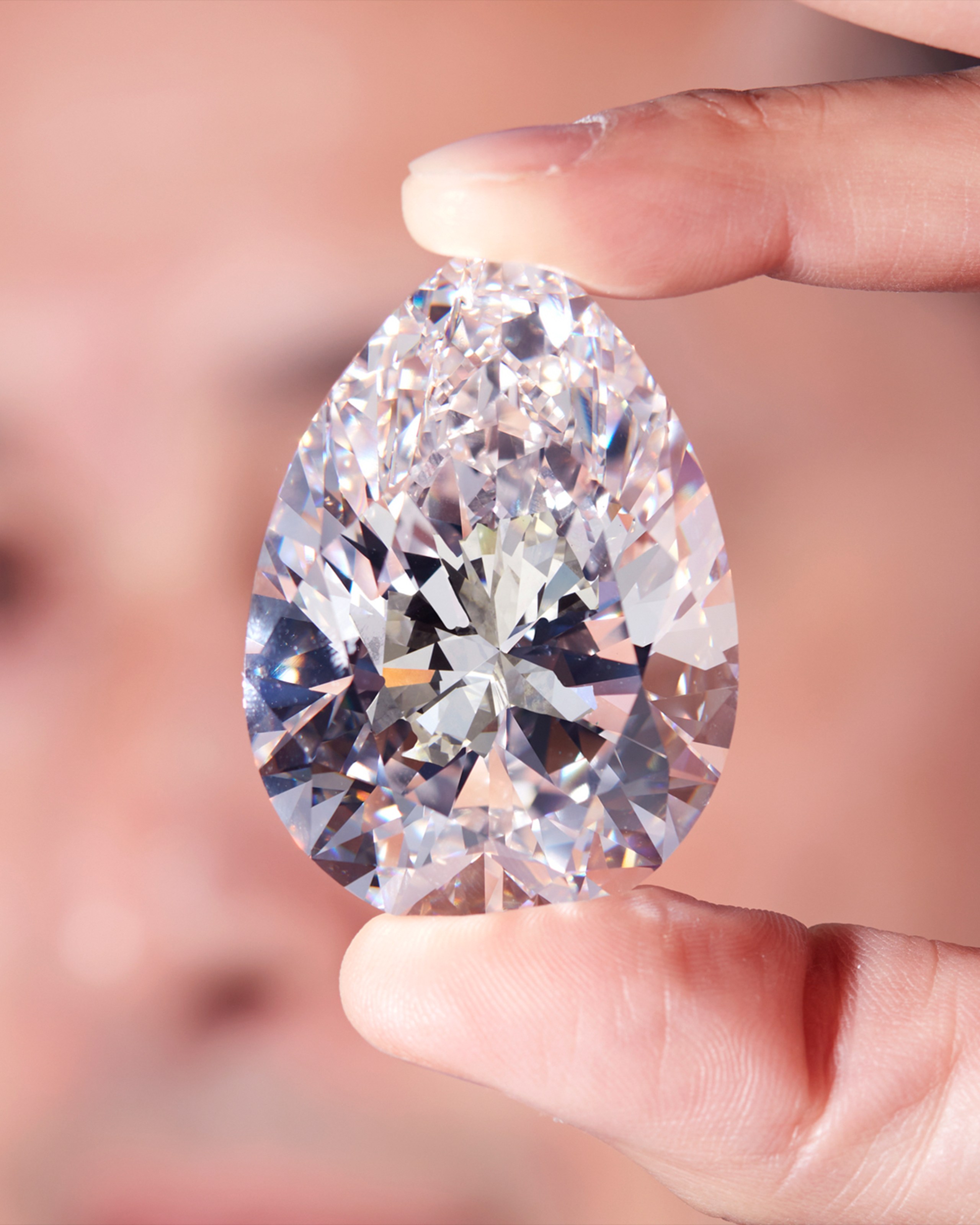
At 228.31 carats, “The Rock” was the world’s largest white diamond ever offered at auction when it sold at Christie’s in May 2022. It fetched $21.9 million.
Considering the average size of a diamond engagement ring is 1.08 carats in this country, The Rock is equivalent to more than 200 engagement rings.
Not long ago, a quality diamond over 30, 40, or 50 carats was an unusual discovery, but with advanced technology at the mines, diamonds of larger weight are identified before they pass through the crusher. The result is that we are seeing more larger stones. But don’t be fooled: A top-quality large diamond is still a rare treasure.
The Rock showed the world that bigger can be better because a larger stone is incrementally more valuable.
